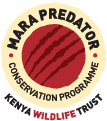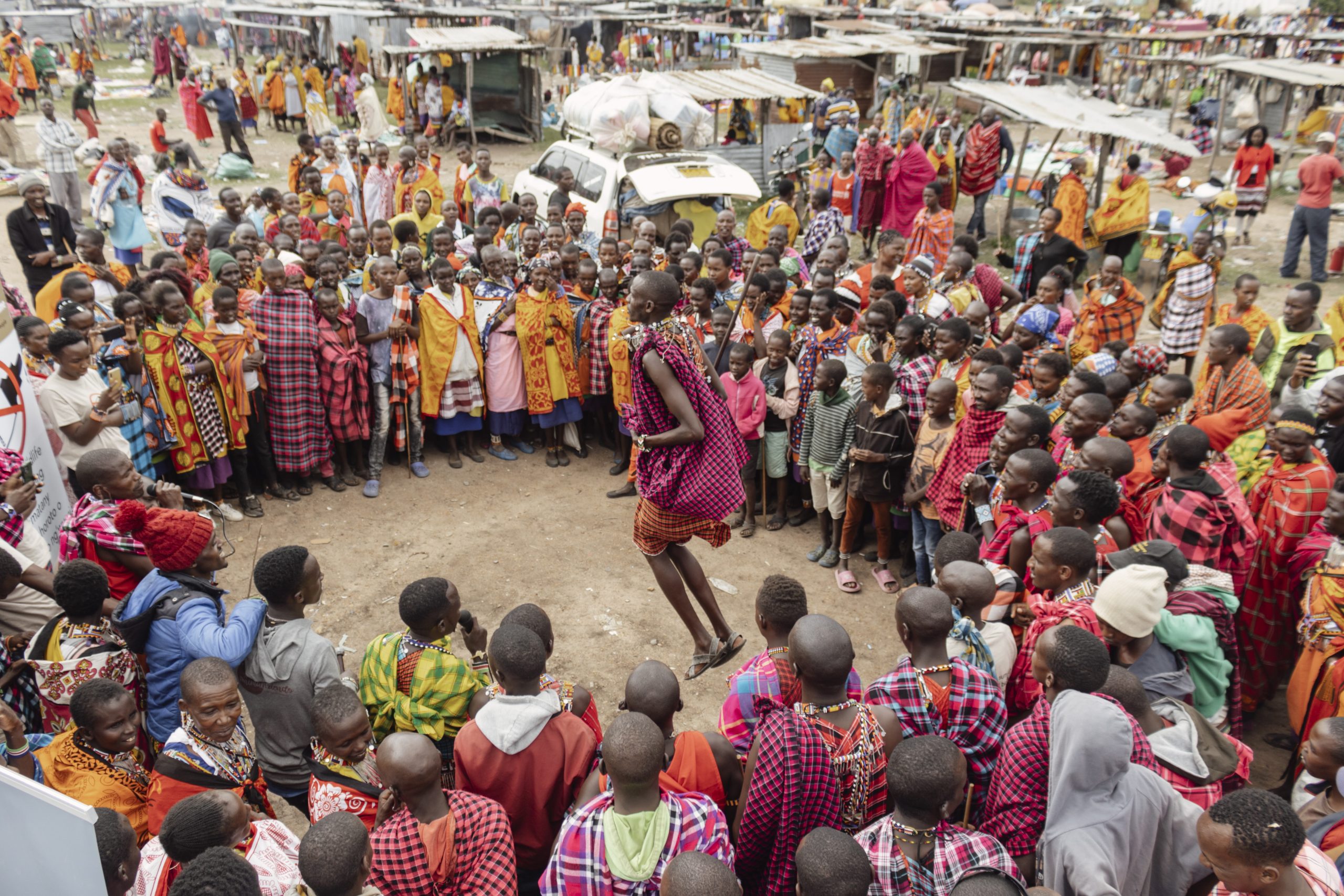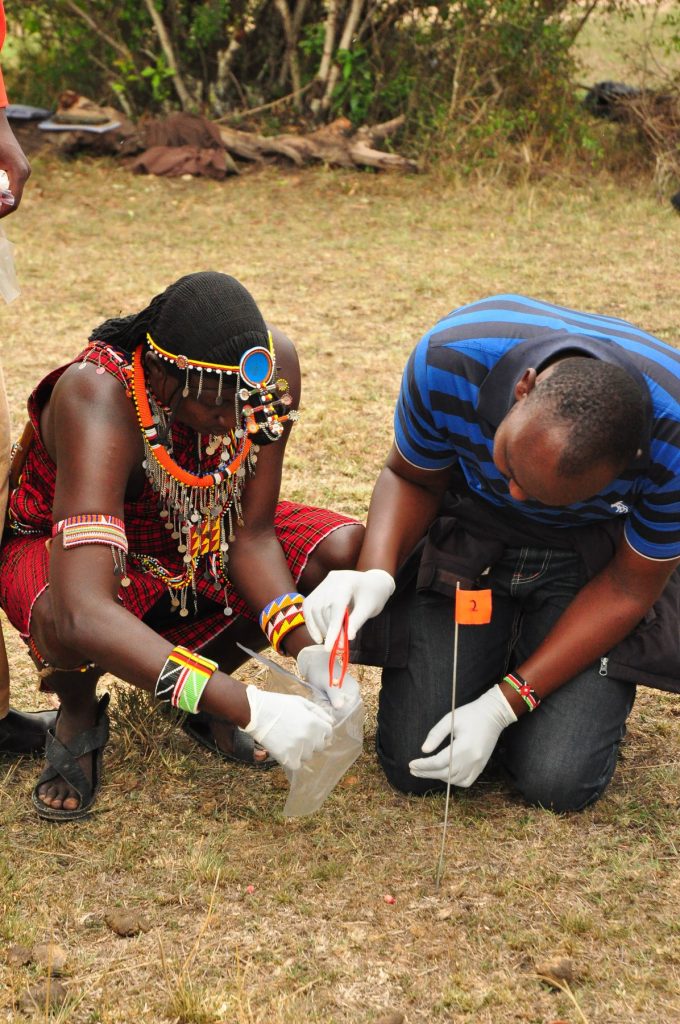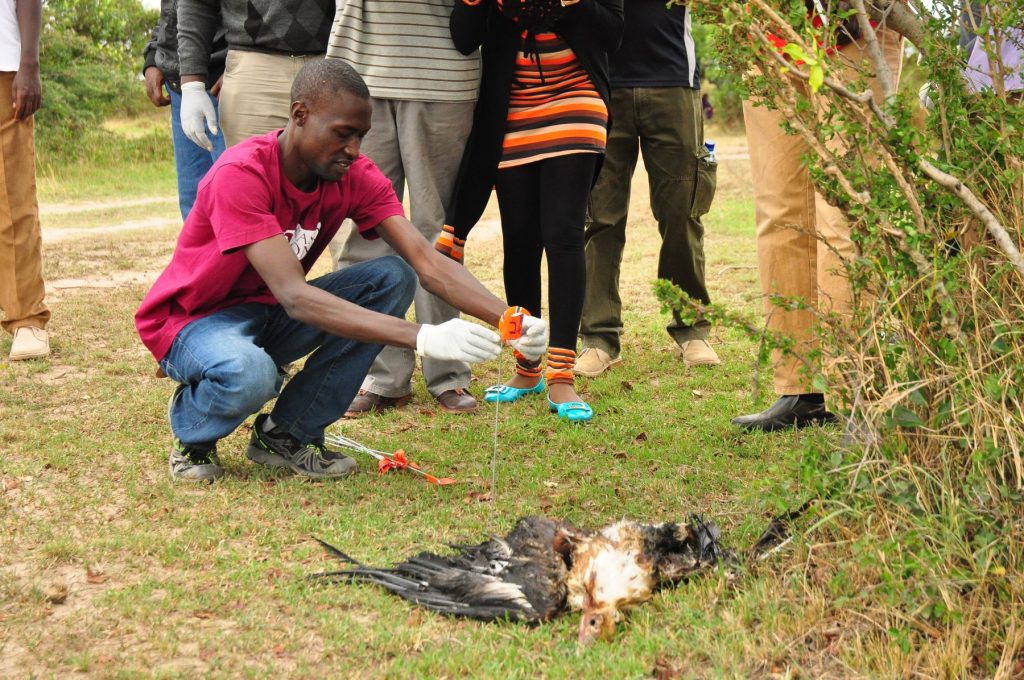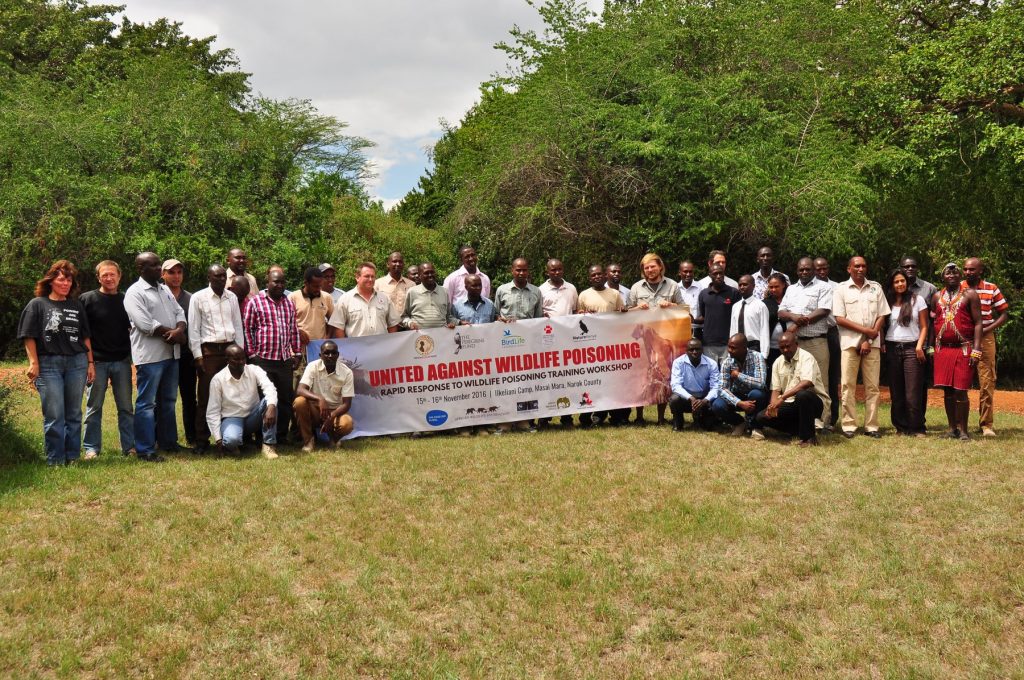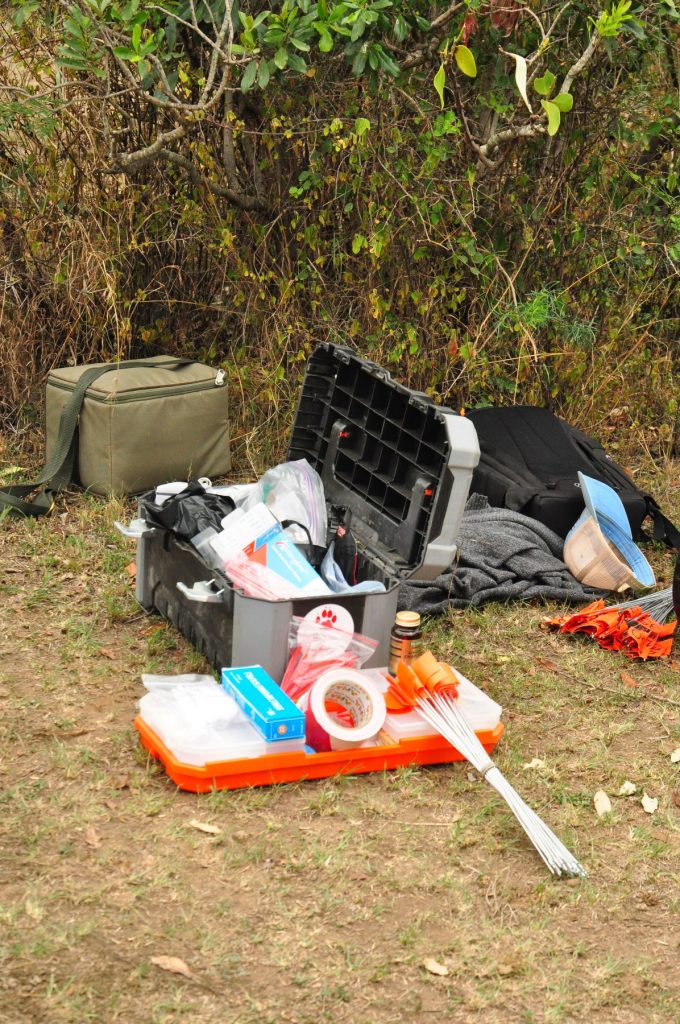Anti-Poison Campaign
In late 2014 we kicked off our Anti-Poison Campaign, with three specific objectives:
To identify which poisons people are using to kill predators
.
To discourage people from using poison to kill predators (using song and dance)
To advise people on alternative ways to resolve conflict with wildlife.
These objectives feed into the Programme’s aim of reducing predator-related poisoning in the Greater Mara Ecosystem.
Our target group for the campaign was local community members from across the Greater Mara Ecosystem, as this group plays a key role in ensuring whether or not predators thrive or decline, both inside and outside protected areas. As the Maasai pastoralists living here no longer participate in the cultural practice of lion killing as a rite of passage, most poison incidents are in response to predators killing livestock.
To determine the distribution and availability of potential poisons, we visited 111 shops in 10 centres around the Mara. We found that pesticides created for agriculture and livestock purposes were being sold in all of the 24 agro-vet shops. The cost of pesticides varied from 80Ksh to 1,250Ksh for 100g (80 cents to $12.50), depending on the manufacturer. The results clearly indicated that potentially deadly poisons were affordable and readily available around the Mara.
Following our research, we moved to raising awareness about the severity of using poison to kill predators. By creating a stage for people to discuss issues of livestock depredation, we surmounted literacy challenges (literacy levels in these areas are low) and found an effective medium to convey the message. We worked with registered performing arts group The Buffalo Dancers to convey our messages using songs, dances, choral recitals, role play and speeches, all in Maa language. Together with our community team, the Buffalo Dancers created a unique performance about poison.
The joint team performed at seven different locations around the Mara to address the effects of poison as a response to human-wildlife conflict. Locations included markets, community meetings (barazas), schools and churches. We selected five market venues (based on market days) and organised two community barazas where the message was passed to a wider audience.
The 2014 campaign was well-received across the Mara and our team continues to incorporate much of the messaging and tactics in their ongoing community engagement activities. This campaign was kindly sponsored by our partners at the Basecamp Foundation
Poison Response Training
Following the initial 2014 campaign, we continue to discuss poisoning with communities and other stakeholders, as it remains a significant challenge facing predator conservation.
Poison is wreaking havoc on wildlife populations throughout Africa. It affects a wide variety of species, ranging from elephants, lions and eagles, to bees, fish and dung beetles. Poison is the major driver of vulture population declines throughout Africa and is a critical threat to terrestrial carnivores such as lions, as whole prides can be eliminated in a single poisoning event. Many poisonous substances remain legal, inexpensive and widely available. Pesticides and other poisons kill quickly and quietly and are therefore relatively easy to conceal from authorities.
Combatting poisoning is therefore extremely difficult. Yet the effects of poison can be minimised through rapid and informed response. By knowing how to identify a poisoning event, how to help affected animals, treat the scene like the crime-scene it is and properly sterilise the area, we can limit the death toll and secure convictions of wildlife poisoners.
To help combat this growing threat, a group of concerned conservationists, comprising our Mara Predator Conservation Programme (then the Mara Lion Project), The Peregrine Fund, Nature Kenya and Birdlife International, organised the first ever Wildlife Poisoning Response Training in Kenya. Held at Ilkeliani Camp in the Maasai Mara in November 2017 and led by Andre Botha, a wildlife poisoning expert from the Endangered Wildlife Trust, the training covered all aspects of wildlife poisoning and how to minimise its impacts.
While the majority of the 41 participants were based in the Maasai Mara, others travelled from other areas of Kenya (Lewa, Borana, Samburu, Soysambu, Laikipia and Amboseli). The trainees left with the knowledge to limit the impacts of poisoning events and are committed to training colleagues within their organisations. This will help to ensure that the information is passed on and has a wide reach. Plans are underway to conduct more training sessions and spread knowledge to all areas of Kenya. This training event was supported by San Diego Zoo, the African Wildlife Foundation (AWF) and Fondation Segré.
